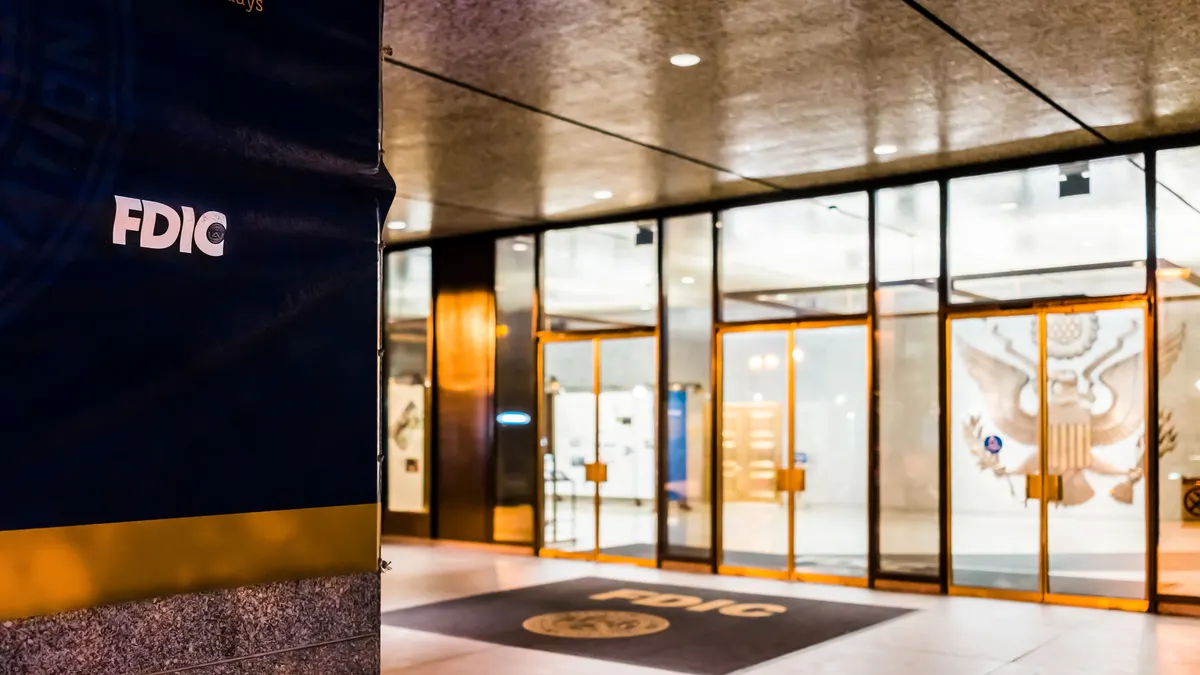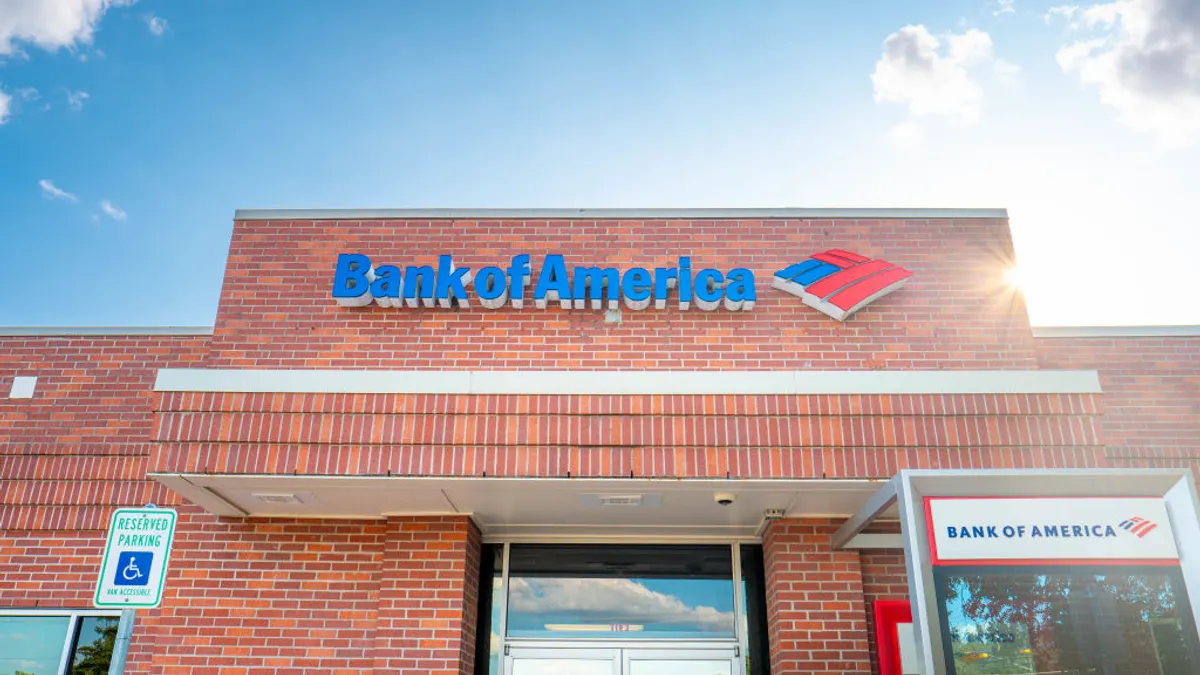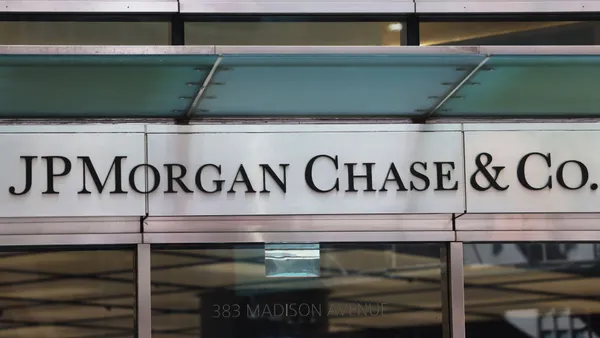Banks and credit unions regulated by New York's Department of Financial Services (NYDFS) can earn credit under the state's Community Reinvestment Act (CRA) by financing activities that bolster climate resiliency in low- to moderate-income (LMI) communities, NYDFS Superintendent Linda Lacewell wrote Tuesday in an industry letter.
Tuesday's guidance outlined several types of projects for which lending or investment would count toward credit, such as:
- Renewable energy, energy-efficiency and water conservation equipment meant to reduce utility payments for affordable-housing tenants or LMI community facilities.
- New or rehabilitated sewer lines, levees and storm drains meant to curb flooding or runoff in LMI areas.
- Microgrid or battery storage projects meant to reduce the risk of power loss in LMI areas because of flooding or high winds.
- Solar projects meant to enhance community development.
- Efforts to elevate, relocate and install sump pumps in flood-prone multifamily buildings offering affordable housing.
- Installation of air conditioning in multifamily buildings offering affordable housing.
In formalizing an incentive for banks to lend or invest in projects to benefit poorer communities, NYDFS continues its leadership in addressing climate change on a national level. In October, it became the first U.S. regulator to explicitly call on the financial institutions under its supervision to integrate climate change-related financial risks into their business strategies, risk management processes and governance frameworks.
In 2019, it became the first U.S. regulator to join the Network for Greening the Financial System, a group of central bankers and supervisors committed to managing climate change's financial risks. And last year, it hired its first director of sustainability and climate initiatives.
Tuesday's guidance is voluntary, Lacewell stressed.
"If you're a financial institution and you're going to invest in a community to help them with energy efficiency or renewable energy and other measures to help that community deal with climate change, that is a form of community reinvestment for which you ought to receive credit," Lacewell told American Banker. "We're not directing anyone to do it, we're just saying you have an opportunity to get credit here. ... It's a win-win across the board."
The thinking behind the guidance is that low- and moderate-income communities disproportionately bear the brunt of climate change-exacerbated events such as flooding and heat waves and have fewer resources to recover from them. Additionally, LMI households spend more of their income on utilities than other populations, yet often have little control over reducing those costs because they may not own the property in which they live, Lacewell wrote.
And because people of color disproportionately make up LMI communities, the guidance addresses both social and environmental justice issues, said Lacewell, who added she thinks Tuesday's guidance "broadens the dialogue" surrounding climate mitigation and adaptation efforts in LMI areas.
NYDFS isn't the first regulator to push to give banks CRA credit for investing in climate-addressing projects. The San Francisco Fed laid out a similar argument in 2019.
New York passed its own Community Reinvestment Act in 1978, a year after the federal CRA was codified. Goldman Sachs, BNY Mellon and M&T Bank are among the financial institutions NYDFS regulates.












